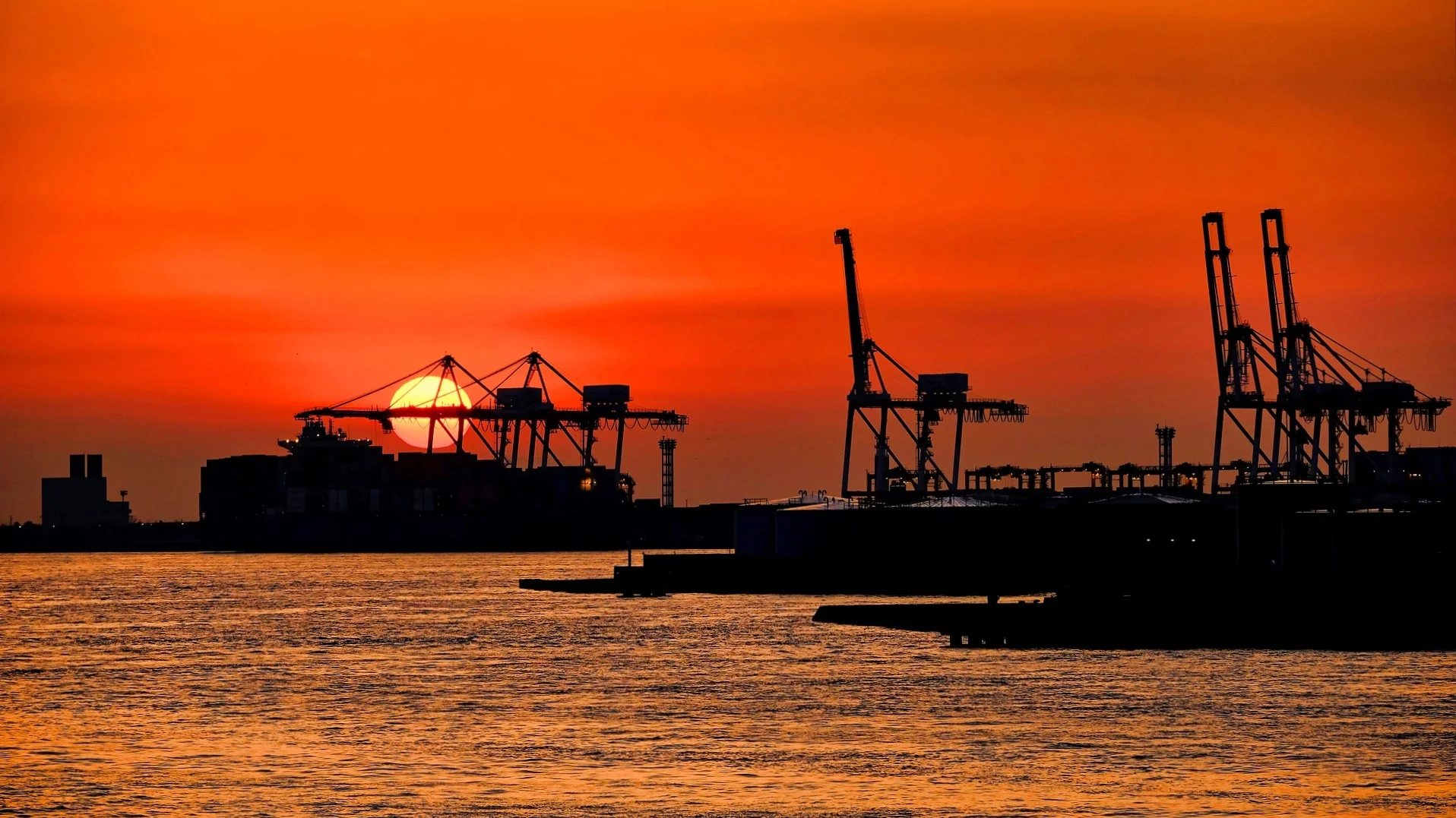Understanding a nation’s natural resource endowment is crucial for grasping its economic structure and energy policies. A frequently asked question concerning Armenia’s resource landscape is: Does Armenia have oil or natural gas reserves?
What is the status of oil and gas exploration in Armenia?
No, Armenia currently does not have significant proven commercial reserves of crude oil or natural gas. While the country’s geology has been studied and some exploration activities for oil and gas have been undertaken over the decades, these efforts have not, to date, resulted in the discovery of substantial, economically viable deposits that would allow for large-scale domestic production. Consequently, Armenia’s domestic oil and gas production is negligible or non-existent.
How does Armenia meet its natural gas demand?
Given its lack of significant domestic natural gas reserves, Armenia relies heavily on imports to satisfy its demand. The country’s natural gas supply is primarily sourced from:
- Russia: The main supplier of natural gas to Armenia. Russian gas is delivered through a major gas pipeline that transits via Georgia. This has historically been the backbone of Armenia’s gas supply.
- Iran: Armenia also imports natural gas from its southern neighbor, Iran, through the Iran-Armenia gas pipeline. This pipeline is significant for Armenia’s energy diversification. Often, this arrangement operates on a “gas-for-electricity” swap basis, where Armenia exports electricity to Iran in return for natural gas.
This import dependency underscores the strategic importance of these Armenia gas pipelines and its international energy relations.
Does Armenia import oil, and does it have oil refineries?
Similar to natural gas, Armenia is almost entirely dependent on oil imports for its needs, as it does not have domestic crude oil production. The country imports refined petroleum products such as gasoline, diesel, and aviation fuel. Due to the absence of indigenous crude oil reserves, Armenia also does not operate any oil refineries. All refined products are sourced from external markets.
How is Armenia’s electricity generated without its own major fossil fuels?
Despite the scarcity of its own fossil fuel reserves, Armenia has developed a diversified electricity generation sector to meet its national needs:
- Nuclear Power: The Metsamor Nuclear Power Plant is a cornerstone of Armenia’s energy system, typically providing a substantial portion (often around 30-40%) of the country’s electricity.
- Thermal Power Plants (TPPs): These plants generate electricity primarily by burning imported natural gas. They are crucial for base-load and flexible power generation.
- Hydroelectric Power Plants (HPPs): Leveraging its mountainous terrain and river systems, Armenia has a well-developed network of large and small hydroelectric power stations that contribute significantly to its energy mix.
- Renewable Energy: In recent years, Armenia has been actively promoting the development of renewable energy sources. Solar power has seen particularly strong growth, with numerous solar farms being commissioned. Wind power potential is also being explored.
This multifaceted approach to electricity generation helps Armenia manage its energy security in the absence of significant domestic Armenia oil reserves or natural gas.
